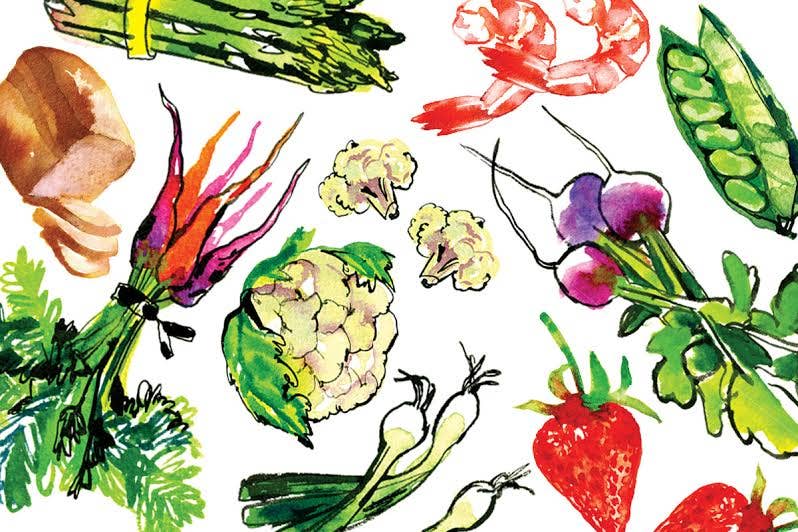
RED CHIEF American plant scientists developed these lentils. They are sold decorticated (with seed coat removed), and cook quickly, so they are best for purees or soups. Petite crimson lentils, a related variety, are smaller and cook even faster.
BELUGA These tiny lentils (named for their caviar-like appearance) originated in the Middle East. They have been farmed in Montana since the early 1990s and are available in limited supply. They're at their best in salads or when served as a side dish.
U.S.A. REGULAR Derived from a variety native to Chile, these lentils are relatively easy to grow and are the most widely consumed in the U.S. (They are also popular in Spain, Peru, and Italy.) Because they fall apart when cooked, they're best in soups.
MILI DAL Hindi for "mixed split legumes". Mixtures of lentils, peas, and beans are common in India. Red lentils and mung beans (which have a delicate bean flavor) work especially well together because they cook at about the same rate.
SPANISH PARDINA Grown both near the Pyrenees in Spain, and, for the past 15 years, in the United States, these lentils have a recognizable nutty flavor and soft texture. They thicken considerably as they cook, much more so than do other lentils.
LENTILLES DU PUY A robust, earthy flavor makes these celebrated lentils from France's Haute-Loire region arguably the world's finest. Green lentils grown in Idaho are very similar in character and, some say, just as good. Both are perfect for salads.
IMPORTED RED (WHOLE) Called sabut masoor in India, these are not treated as other lentils because the seed coat is still intact (they're red on the inside). Quite firm, they are often used in stews or flavored with a tarka, a cooked spice mixture.
IMPORTED RED (SPLIT) Red lentils are the most widely consumed variety outside the U.S. sold here as Persian, Egyptian, or Turkish lentils, or as masoor dal, these are decorticated and split. Aromatic and sweetish, they turn yellow when cooked.
Keep Reading
Continue to Next Story










